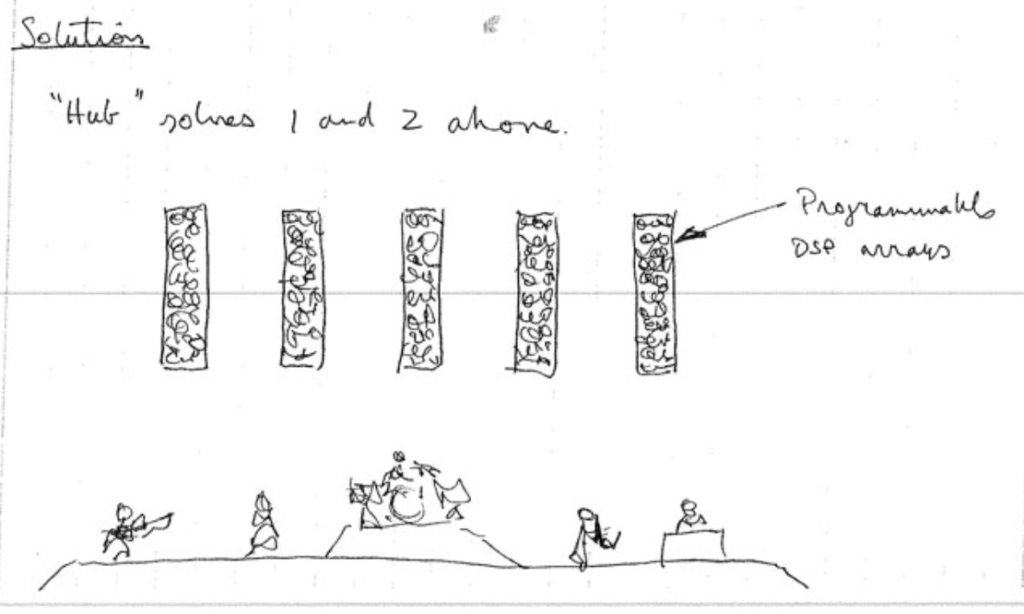News
30 Nov 2021
The 2021 ‘Stick PA’ Market Roundup

Subscribe to CX E-News
Welcome to the 2021 ‘Stick PA’ market roundup, or as its more formally referred to, the ‘Portable Column Line Array with Subwoofer’ (not as catchy is it?). In this feature, we look at seven models that are already out working hard in the market, and preview two that are just hitting our shores.
I find myself increasingly in front of stick PAs, as more and more manufacturers get into the territory. I also ran the stick PA demo sessions at ENTECH three years running and have personally put almost all of the models in this roundup through their paces. What I have been surprised by is the history of the humble stick, its origins in a concept championed in the 1970s, and its relationship to modern immersive audio PAs.
The Long Strange Trip
The stick PA we know today had its genesis in the USA when engineer, inventor, and musician Cliff Henricksen sold his company, US Sound, and came to work for Bose in 1993. Cliff and another engineer called Ken Jacob started to work on the first stick PA in 1995, which would be commercially released in 2003 as the L1.
Cliff and Ken were trying to solve what they referred to as the ‘triple amplification’ problem in amplified live music performance; instruments have amps on stage, performers have foldback, and then there’s the FOH PA. They found it all created a flat, uncontrollable mess with no spatialisation that wasn’t ideal for the musicians. They adopted an idea from The Grateful Dead’s ‘Wall of Sound’ experiment in the 70s; dedicated line arrays behind each performer, shooting over their heads, with a separate line array for each performer. No more guitar amps blaring into the first few rows, nor foldback making a sonic mess, and no FOH PA that the musos can’t hear trying to drown all of that out.
Check out this sketch of the concept from an early concept paper:

Now, call me crazy, but that’s five line arrays across the stage, much like you’ll see in an L-Acoustics L-ISA Hyperreal Sound rig, or d&b auditechnik Soundscape set-up. As improved spatialisation and clarity was one of the goals of the L1, I’m calling it an antecedent of modern immersive FOH sound.
The L1 concept was tested exhaustively with musicians and sound engineers, with direct A/B comparisons run between traditional FOH PAs, switching over to four or five L1s set up behind the band. Apparently, the results were fantastic. But as is the case with many radical inventions, the public embraced the product, but not the manner in which it was intended to be used. No matter; the L1 and all of its descendants went on to become huge sellers for Bose, powering solo and duo musical acts, corporate speakers, buskers, and wedding celebrants. The success was noted, competitors entered the field, and now you’ll find stick PAs in corporate AV and installations to boot.
The Latest
Our methodology for this Market Roundup is the same as for our CX Road Test reviews; real world opinions from professionals who have used the gear in the field. But as we went to press, JBL launched two new stick PAs that change the game, each in their own way. I had the chance to put them through their paces at Australian JBL distributor CMI Music & Audio’s HQ before we went to press, and my first impressions are presented here as an informed stick PA afficionado.
Click Through To Read The Reviews
Subscribe
Published monthly since 1991, our famous AV industry magazine is free for download or pay for print. Subscribers also receive CX News, our free weekly email with the latest industry news and jobs.




